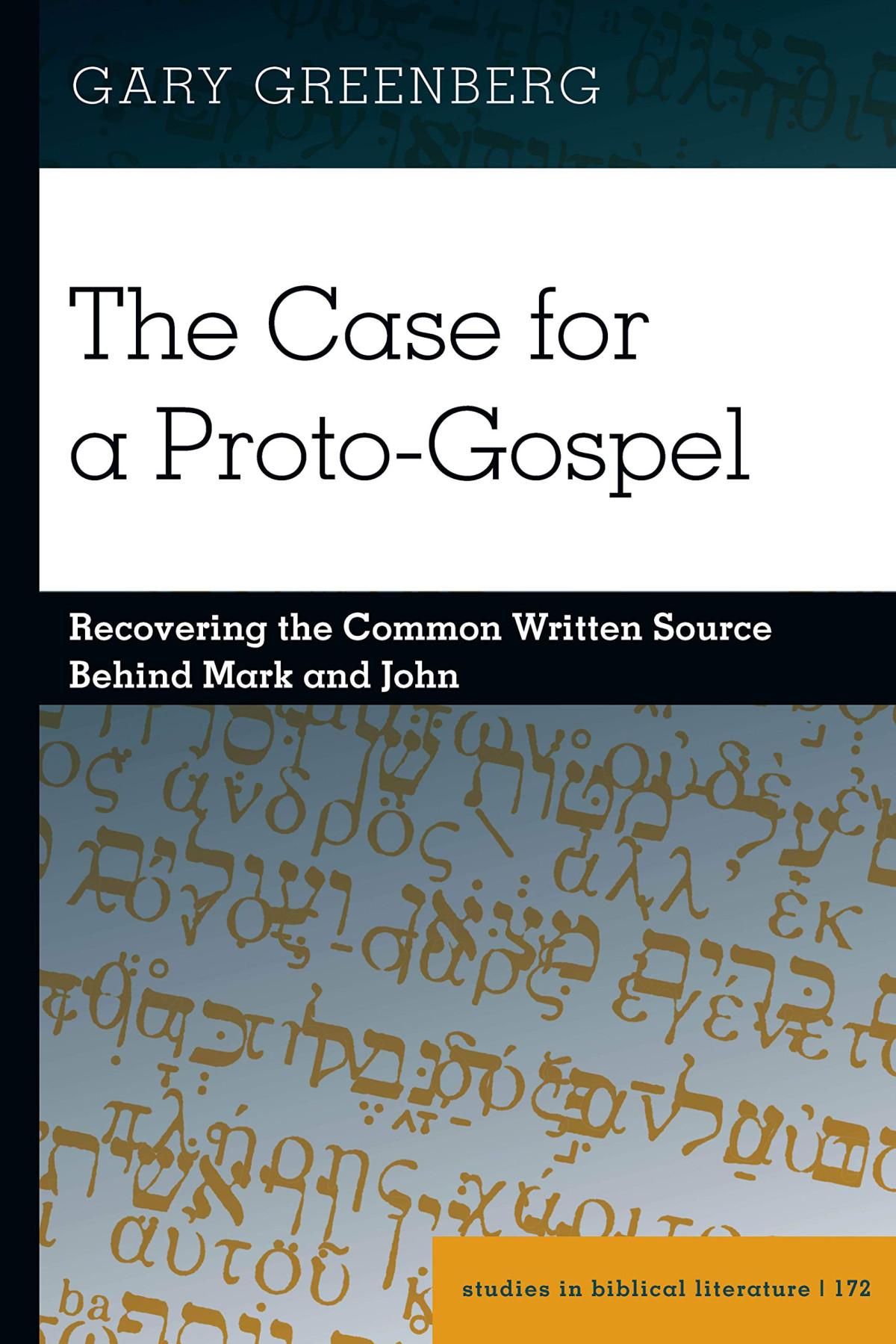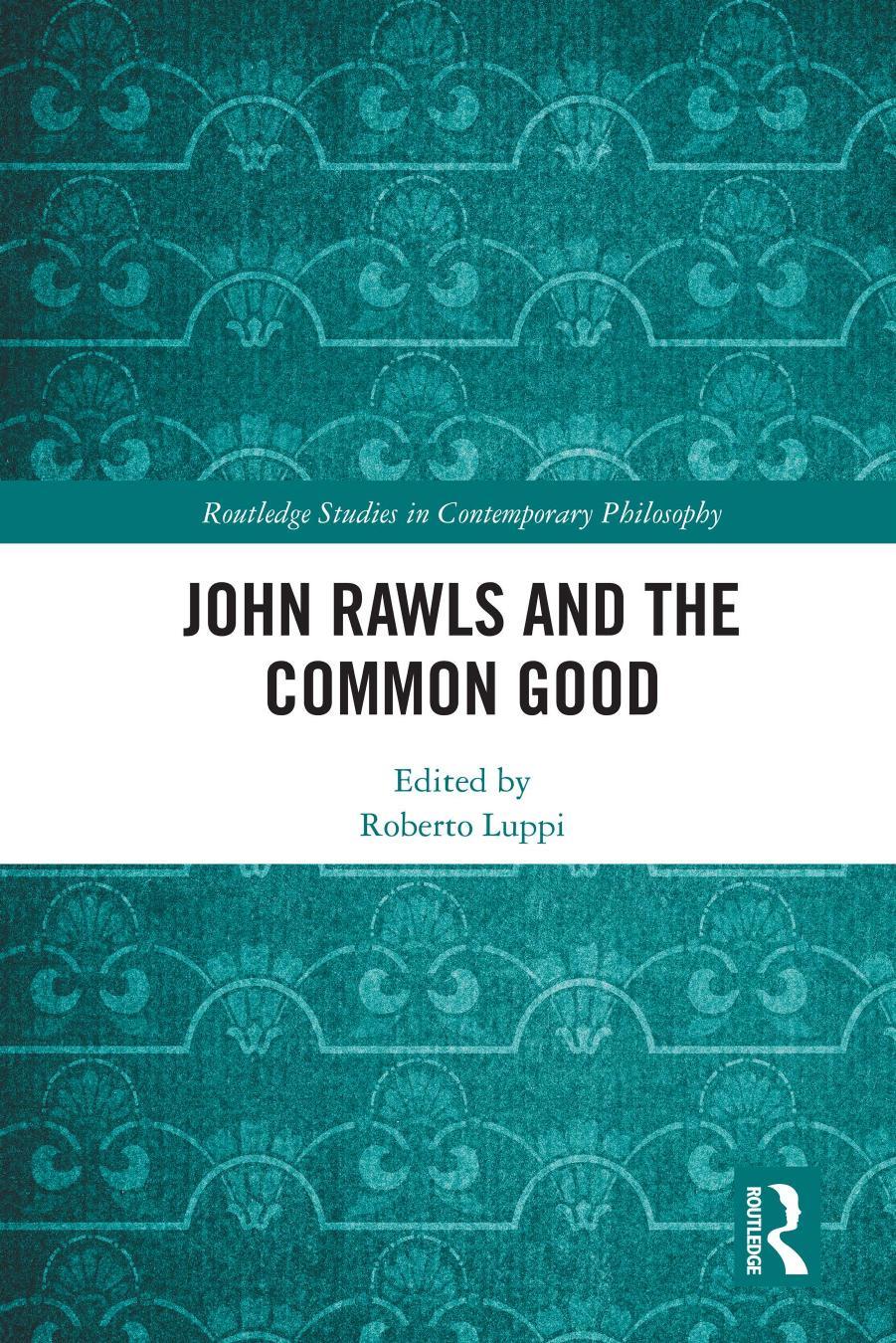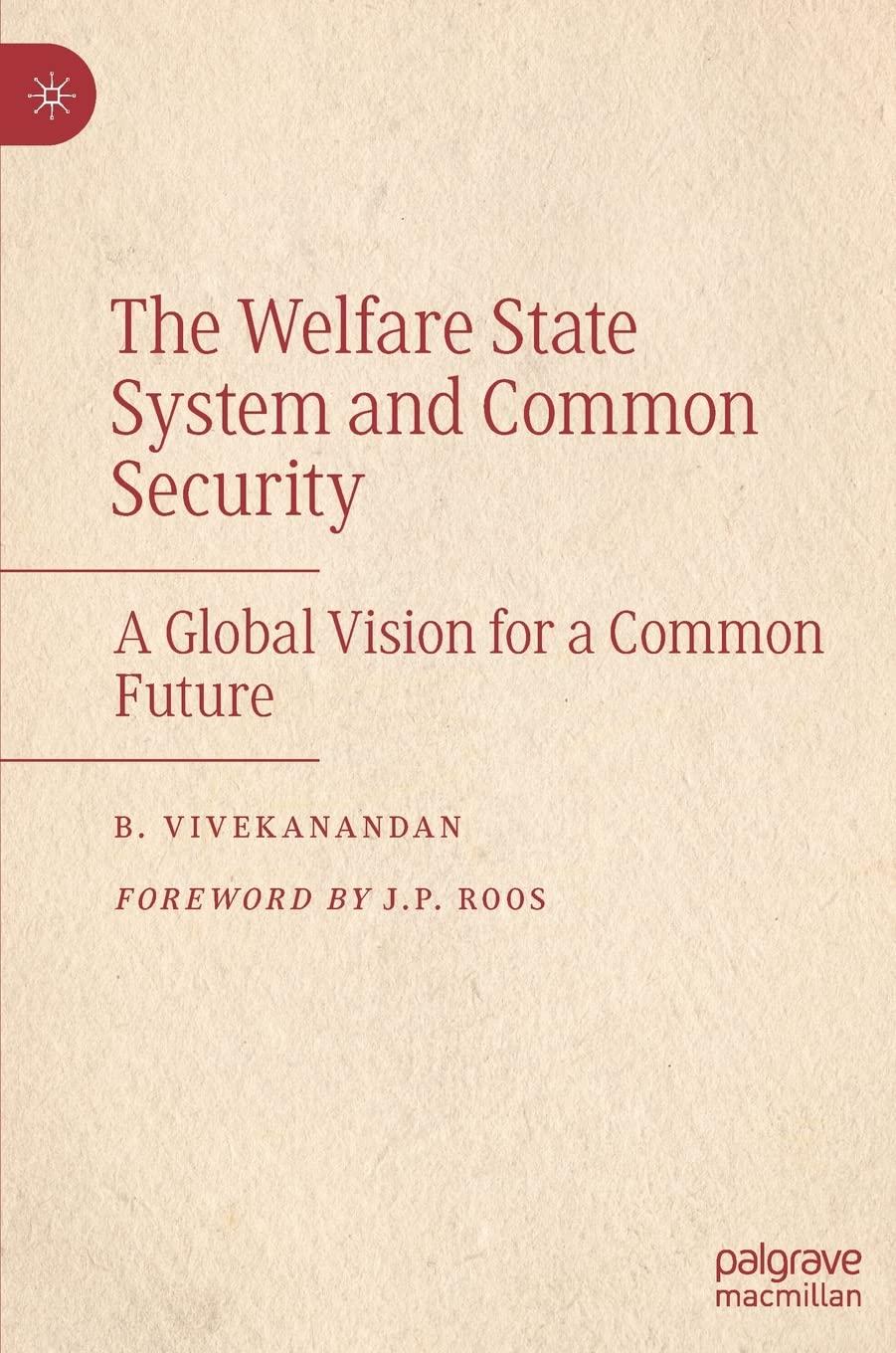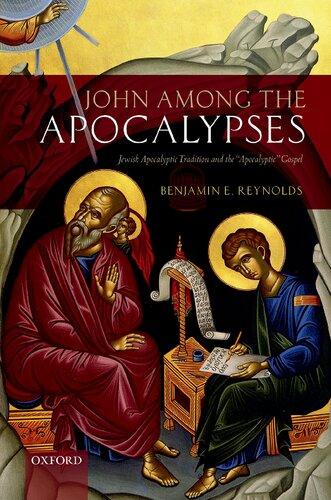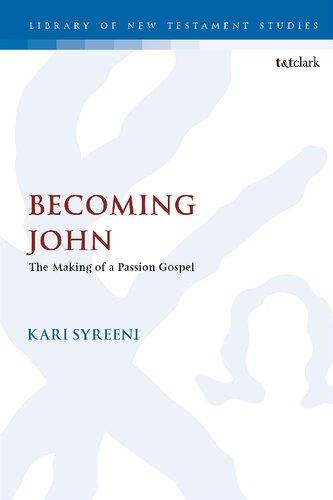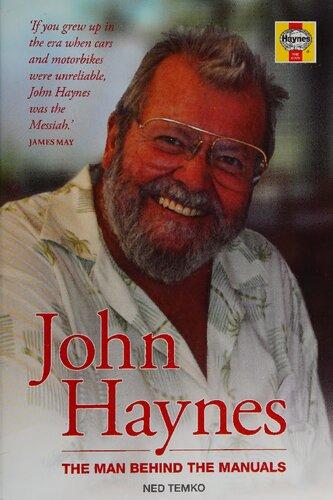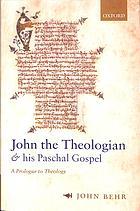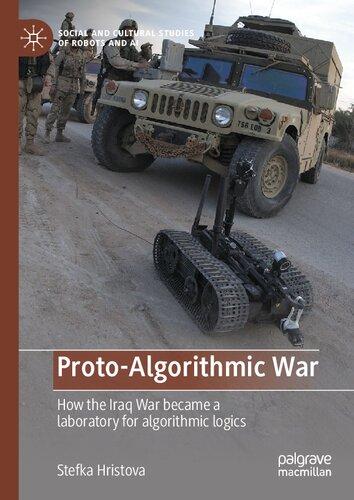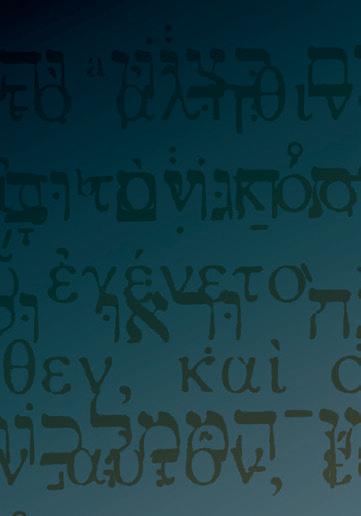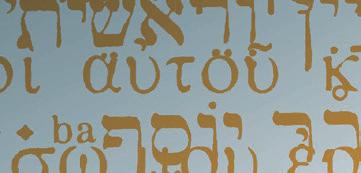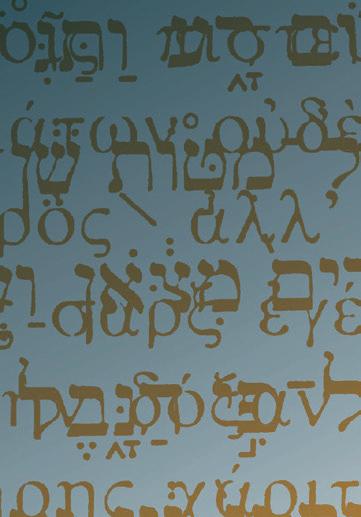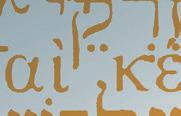The Case for a Proto-Gospel
Recovering the Common Written Source Behind Mark and John
PETER LANG
New
Library of Congress Cataloging-in-Publication Data
Names: Greenberg, Gary, author.
Title: The case for a proto-gospel: recovering the common written source behind Mark and John / Gary Greenberg. Description: New York: Peter Lang, 2020. Series: Studies in biblical literature; vol. 172 | ISSN 1089-0645 Includes bibliographical references and index.
Identifiers: LCCN 2019029929 | ISBN 978-1-4331-6605-1 (hardback: alk. paper)
ISBN 978-1-4331-6602-0 (ebook pdf) | ISBN 978-1-4331-6603-7 (epub) ISBN 978-1-4331-6604-4 (mobi)
Subjects: LCSH: Bible. Gospels—Criticism, interpretation, etc. Bible. John—Criticism, interpretation, etc. Synoptic problem.
Classification: LCC BS2555.52 .G74 | DDC 226/.066—dc23
LC record available at https://lccn.loc.gov/2019029929 DOI 10.3726/b15216
Bibliographic information published by Die Deutsche Nationalbibliothek. Die Deutsche Nationalbibliothek lists this publication in the “Deutsche Nationalbibliografie”; detailed bibliographic data are available on the Internet at http://dnb.d-nb.de/.
© 2020 Gary Greenberg
Peter Lang Publishing, Inc., New York 29 Broadway, 18th floor, New York, NY 10006 www.peterlang.com
All rights reserved.
Reprint or reproduction, even partially, in all forms such as microfilm, xerography, microfiche, microcard, and offset strictly prohibited.
Act 2: The Miracle of the Loaves (John 6:5–13, 15b–17; Mark-A 6:35–46; Mark-B 8:1–9) 55
Act 3: Crossing the Stormy Sea (John 6:18–24; Mark-A 6:47–51b; Mark-B 4:35–41) 62 Continuity
Act 4: The Discourse on Bread (John 6:25–59, Mark-B 8:10–21, 8:34–9:1; Mark-A 6:51c–52) 72
Act 5: Who Is Jesus? (John 6:14–15a, 60–71; Mark-B 8:27–33; Mark-A 6: 14–16)
Jesus’
Tables
Table 2.1: Raymond Brown’s alignments between John 6, Mark, 6 and Mark 8 39
Table 2.2: Scenes breakdown in John 6 and Mark 42
Table 2.3: Numerical data for the miracle of the loaves 57
Table 2.4: Scenes in John 6 and Mark following same narrative order 99
Table 2.5: Proposed scene order in underlying source behind John 6 and Mark 103
Table 5.1: Hometown verse parallels in John, Mark and Luke 203
Table 5.2: Comparison of John 6:31–50 (Bread of Life) to Luke 4:16–27 (The Hometown Rejection Story) 213
Table 5.3: Thematic parallels between Luke 4:16–27 (Hometown Rejection) and John 6:31–50 (Bread of Life) 231
Table 6.1: Scenes breakdown in Mark 1, John 1–4, Luke 3:1–5:16 249
Table 6.2: The first five scenes in Mark, John, and Luke (CS1–CS5) 268
Table 6.3: Scenes from Mark 1, John 1–4, and Luke 3:1–5:16 included in the proposed common source 329
Table 7.1: Mark’s temple encounters and Johannine parallels 359
Table 7.2: Jesus’ last visit to Jerusalem: Parallels in John, Mark and Luke. 384
Table 8.1: Scenes breakdown in Mark, John, and Luke: From the plot to kill Jesus to the handover to Pilate
396
Table 8.2: The Eucharist scene in Mark, Luke, and Paul 413
Table 11.1: Overview of the Roman proceeding in Mark, Luke, and John 506
Table 11.2: The Roman proceedings in the proposed common source 540
Table 12.1: The crucifixion story in Mark, Luke, and John 548
Table 12.2: The triple agreements in the crucifixion story 551
Table 12.3: The crucifixion story as reconstructed in the proposed common source 570
Table 13.1: Schematic of conflicts between Roman and Jewish calendars in the gospels
580
Table 15.1: The proto-gospel restored, with points of contact in Mark, John, and Luke 638
The Problem of Mark Versus John
New Testament scholars believe with near unanimity that the substantial differences in style, content, and verbal description between the gospel of John and the other three canonical gospels preclude any literary relationship between John and any of the others based on a written copy of at least one of them. This is not to say that John doesn’t know several stories that also appear in the other three gospels, but that such familiarity, they say, is based primarily on oral traditions circulating in the Christian communities, some of which may perhaps derive directly from one or more of the other three gospels. John’s lack of a written copy of at least one of the other three gospels, they suggest, accounts for much of the difference in content and verbal agreement. John’s style, however, is often attributed to his different theological perceptions about Jesus and the gospel message.
Based on my new theory of Johannine composition, introduced below, I will propose in the present work that Mark, John and Luke all knew a now-lost written proto-gospel. (I am not in any way challenging the consensus view that Matthew and Luke both knew Mark.) Excluding speech monologues—parables, discourses, “I Am” sayings, prophecies, and similar teachings—this lost text included most of the stories about the adult Jesus that appear in all four canonical gospels and served as the source text for those stories. This doesn’t mean that the
proto-gospel didn’t also have some of those specialized speeches but only that I will not be exploring that aspect of the gospels in this study. And, to be clear, many of the stories in the proto-gospel do include speeches by Jesus, but that they do so primarily in the context of interaction with other individuals, such as conflicts, debates or discussions. Because such a large percentage of stories in the four canonical gospels can be traced back to this earlier written source, I think it appropriate to refer to this proto-gospel as the “Alpha Gospel.”
The theory behind my thesis is that the author of John had profound theological disagreements with how this proto-gospel presented the gospel message and depicted the character and nature of Jesus, the apostles, and other disciples, and this disagreement led the author of John to do a major rewrite of the earlier gospel such that the new version better reflected the author’s own theological perspective. (Mark and Luke also had some theological problems and made some changes, but far less so than John.)
It is my contention that we can reverse-engineer the composition of John’s gospel and show what specific elements of other Jesus stories he found offensive and what methodology he used to make changes to the source material such that John’s version of many of Mark’s stories often look nothing like Mark’s versions of the same proto-gospel episode. I make my case by identifying specific theological themes in John, and by cross-referencing Johannine stories to Mark and Luke. Further below, I will outline the theological themes that mattered to John and the editorial practices that I suggest he followed.
The chief and very powerful argument against my thesis is that John’s gospel looks very little like the other three gospels as to either verbal agreements or story content. Those familiar with how John differs from Mark (see below) know what a high evidentiary bar I must get past in order to make my case. To prove my thesis, I must convincingly demonstrate the following three propositions.
(1) John knows such a large number of stories also known to Mark that he must have been familiar with either Mark or Mark’s source.
(2) The stories known to both Mark and John demonstrate such a substantial amount of sequential agreement that the alignment can only be explained if John knew a written version of either Mark or Mark’s source.
(3) John couldn’t have obtained his parallel content from Mark or Luke. There is a minor side issue as to whether Luke knew John that I will also address. If it should be agreed that the first two points are proven but not the third, then Mark becomes the default written source for John (either directly from Mark or indirectly through Luke) and constitutes the proto-gospel behind the other three.
The difficulty I must overcome is how to show that Mark and John know so many of the same stories when there is so little verbal agreement in the two gospels and that so few stories in John look very much like those in Mark.
At the conclusion of my study I will argue that almost every non-speech episode in John has a literary parallel in Mark and that the two gospels agree on sequential order in approximately two-thirds of such stories. Additionally, in several stories outside of the sequential order (and an explanation for why those stories are out of order will be provided) we will see that several details within the stories also follow a common sequential order. In a moment, I’ll explain my methodology and approach but let me first discuss some matters concerning the literary relations that do or don’t exist among the four gospels.
The Synoptic Problem
We call Matthew, Mark and Luke the synoptic gospels because if you read the three manuscripts in parallel to each other you find numerous stories in each that describe the same incident, use many of the same words, and appear in the same sequential order. Because of the substantial amount of agreement as to story content, word usage and sequential order it is almost universally accepted among scholars that some sort of literary relationship based on a written text must have existed. Defining this relationship is what we call “the synoptic problem.” Either the authors of all three gospels knew a common written source or two of the three knew a written version of at least one of the other two.
Further analysis shows that in almost every major instance where one of the three gospels departs from the word usage or sequential order followed in the other two, either Mark and Matthew agree against Luke, or Mark and Luke agree against Matthew. This strongly indicates that Mark is the hub gospel used as a written source by the other two. There are, however, a few occasions, usually referred to as the “minor agreements,” in which Matthew and Luke agree against Mark, leaving the accepted theory of Markan priority as less than a perfect solution. Nevertheless, it is almost universally accepted among New Testament scholars that Mark was the first gospel to be written and that Matthew and Luke used it as a source. Scholars refer to the collection of parallel stories in all three synoptic gospels as “the Triple Tradition.”
Raymond Brown noted that there are 661 verses in Mark, 1,068 in Matthew, and 1,149 in Luke.1 He estimated that 80% of Mark’s verses have parallels in Matthew and 65% have parallels in Luke.2 This means that half of Matthew and
The Case for a Proto-Gospel
over one-third of Luke draw upon Mark as a source. Since Mark has no birth narrative, and if we don’t count the lengthy ones in Matthew and Luke, the percentage of Mark present in the other two gospels becomes significantly higher.
While Matthew and Luke appear to incorporate a large amount of material from Mark, there is no question that they also occasionally make wholesale changes to what Mark wrote. Luke’s versions, for example, of the “Rejection at Nazareth,”3 “Recruitment of the first disciples,”4 or the “Anointing at Bethany”5 look nothing at all like Mark’s versions of the same stories and depart significantly from Mark’s order of events.6 Compare also Matthew’s versions of “the healing of a man with a withered hand,”7 the “Jesus and Beelzebul accusation,”8 and “the Empty Tomb”9 with Mark’s versions of these stories.10 In all likelihood, if these very different versions of Mark’s stories appeared in John (but not in Matthew or Luke), they would probably be considered good examples of why John didn’t know a written version of Mark.
From the way Luke and Matthew handle Mark we can see over numerous incidents that neither had any problems with altering, correcting, amending, omitting or moving around Mark’s stories. Scholars attribute this either to Matthew and/or Luke having theological problems with what appeared in Mark or to one or the other trying to make a story read more sensibly or more clearly. So, such variations are not necessarily proof that one author did not use another author as a source. Similar actions by Mark and/or John with respect to their sources should be expected.
The Q Problem
In addition to the “triple tradition” scholars have also noticed that Matthew and Luke share a lot of material that isn’t present in Mark. While this other material doesn’t always appear in the same sequential order, there is a substantial amount of word agreement. Although containing some anecdotal material, this MatthewLuke collection consists primarily of sayings by Jesus and its subject matter is largely (but not completely) outside the scope of this present study.
Brown estimates that about 220–235 verses that fall into this category.11 John S. Kloppenborg, one of the leading Q authorities, estimates that this collection of verses encompasses 106 textual units (as opposed to verses) and that about onethird of these units follow the same sequential order.12 This material makes up about 20% of Matthew and Luke and raises a question of whether Luke and Matthew have a literary relationship separate and apart from any connection to Mark.
With only slightly less unanimity than there is for Markan priority, scholars believe that Matthew and Luke, working independently from each other, made use of a now-lost written manuscript that scholars have nicknamed Q (from the German word quelle, meaning “source.”) Although no portion of this supposed source has ever been discovered, a large field of Q studies has sprung up in New Testament scholarship, with reconstructed critical versions of the Q source being published and substantial debates over what should or shouldn’t be included within. It is considered by many scholars to be the equivalent of an early gospel.
In recent years, however, a strong and vocal dissent to the Q hypothesis has arisen from a small but growing community of scholars. Based on an earlier thesis known as the Farrar theory, Mark Goodacre and allies take the position that the agreements between Luke and Matthew arise from Luke’s use of Matthew’s gospel as a source.13 This would account not only for why Luke and Matthew share such common material but would also resolve the other problem of the “minor disagreements” of Matthew and Luke against Mark. If Luke used Matthew, then the minor disagreements with Mark would be the result of Luke occasionally using Matthew over Mark as a source.
In the course of this present work, I will make occasional references to Q. I am using it only in the sense of material common to Matthew and Luke but not present in Mark. I take no position as to whether Q was an earlier lost document or whether Luke copied from Matthew. Nevertheless, we should recognize that a very large majority of New Testament scholars routinely accept that two of the gospel authors made substantial use of a now-lost written gospel that preceded at least three (counting John) if not all four of the canonical gospels.
The Luke-John Problem
One known but surprisingly under-analyzed problem in source criticism concerns several parallels between Luke and John that not only agree with each other, but which occasionally agree with each other against Mark or contain information missing in Mark. To cite just a few examples out of many:
• Both show a crowd asking John the Baptist if he is the messiah, a detail missing in Mark.14
• Both show Jesus enabling Peter to catch a large load of fish, a miracle missing from Mark.15
• Both include only one miracle of the loaves, referring to the same episode, but Mark has two such episodes.16
• Both have a story about sisters named Mary and Martha interacting with Jesus, but Mark has no such story.17
• Both contain an episode where a synagogue congregation knows Jesus’ father, Joseph, by name but mentions no other family members by name; in Mark’s parallel to Luke’s version, the congregation exhibits no knowledge of Jesus’ father and names only Jesus’ mother and brothers.18
• Both show that in the course of Jesus’ Triumphal Entry to Jerusalem the Pharisees complained about the crowd’s behavior, a detail missing in Mark.
• Both show Jesus lamenting the blindness of the Jewish authorities after the Triumphal Entry scene, a detail missing in Mark.19
• Both show Jesus predicting that Peter will deny Jesus three times before the cock crows.20 Mark says the cock will crow twice.21
• Both show Jews asking Jesus if he is the messiah and Jesus giving similar answers. In Luke, Jesus says, “If I tell you, you will not believe.”22 In John, Jesus says, “I have told you, and you do not believe.”23 Mark has no such reply.
• Both show Pilate making three separate declarations declaring Jesus innocent of any wrongdoing, but Mark has no such declarations.24
• Both show that the first time Jews called out for crucifixion they used the word “crucify” twice but Mark only has the word once.
These agreements at least hint at some sort of connection between Luke and John but we are left with no satisfactory explanation for how they come about or why Luke would depart from Mark’s language and somehow agree with John. One scholar who attempted to address this issue was F. Lamar Cribbs, who wrote a lengthy article on the Luke-John parallels.25 His solution, however, has been found wanting. He proposed that Luke was influenced by early Johannine traditions, and possibly knew an earlier draft of John, and attempted in his own gospel to reconcile differences between John and Mark.26
It will be my argument in the course of this work that the author of Luke is unlikely to have known John, and Luke’s departures from Mark in favor of John were due to Luke’s use of the proposed proto-gospel and his attempts to reconcile differences between Mark and the earlier source.
Why Luke and Not Matthew?
I have already indicated that, according to my thesis, Luke knew the proto-gospel but Matthew did not. The reason for that conclusion is that Luke and John both seem to know several of the same things that Mark does not know, and, on occasion, Luke and John agree against Mark on certain details. While it is true that
Matthew knows many things that are not present in Mark, I have not found any evidence that there is any significant matching of that information with John. Since Matthew and Luke both use Mark as a source, their agreements with Mark do not advance the case for a proto-gospel. We require some differences that connect in some manner with John.
The issue in this study is primarily whether John knew Mark’s source, and agreements between Luke and John against Mark provide some clues. While it is conceivable that Matthew knew the proto-gospel, his lack of significant divergence from Mark in parallel to John leaves us with insufficient evidence to make out a case for Matthew’s knowledge of the Markan source. Nevertheless, because Matthew has so much material from Mark that, per my theory, Mark took from the proto-gospel, Matthew is at least indirectly, through Mark, a product of the proto-gospel. Should additional evidence come forward on behalf of Matthew’s knowledge, I would have no objection to adding him to the list of gospels directly influenced by the earlier source.
Johannine Source Issues
John’s gospel features an individual known as “the disciple whom Jesus loved,”27 routinely referred to by scholars as “the Beloved Disciple,” and at the end of the gospel the author says, “This is the disciple who is testifying to these things and has written them, and we know that his testimony is true.”28 John never mentions this individual by name and his identity is subject to substantial debate. He was apparently an important figure in the Johannine community who, according to John, died at some earlier point in time.29 So at least for this passage, the beloved disciple was not the author.
Brown says that prior to the development of biblical criticism, it was commonly thought that the gospel was the work of “John, the son of Zebedee,” one of the key members of the twelve apostles, and the gospel was written down shortly after his death30 Few scholars presently accept that identification. Brown adds that, questions of author identity aside, “there are features in the gospel that offer difficulty for any theory of unified authorship.”31 These include differences of Greek style, breaks and inconsistencies in sequence, repetitions in discourses, and passages ‘that clearly do not belong to their context.”32
Another problem is that the gospel appears to be completed at the end of John 20, which says, “But these are written so that you may come to believe that Jesus is the Messiah, the Son of God, and that through believing you may have
life in his name.”33 Yet it continues with new stories and teachings in John 21. It is commonly argued that John was composed in at least two stages, an initial gospel and at least one later edition by someone routinely referred to as “the Redactor.” Several scholars believe the Redactor added in John 1:1–18 and John 21 and made several editorial changes to the original version. Urban Von Wahlde has argued for at least three stages in the composition of John.34 Even among those who agree with the idea of multiple editions of the text, there are still disagreements as to which verses belong to which edition.35
Many scholars try to resolve some of the textual problems by moving passages and sections around to create a more fluid flow, although there is significant disagreement as to what should be moved and where it should be placed. Why John’s Redactor should have changed the location of several passages from where they were in the earlier edition is another issue that requires explanation. Several scholars have suggested it was the result of accidental displacement.36
While not all, or even most, scholars believe in such wholesale rearrangement, many of them would agree that, due to geographical and chronological issues, perhaps there should be a reversal in the order of John 5 and John 6.37 I address the issue of chronological displacement at various points in my study. As to John 5 and John 6, however, it is my argument later that they are in the proper and original sequential order as is.
Several scholars believe the compositional issues are due to the author’s use of a variety of source texts.38 Brown says the most influential form of source theory goes back to Rudolf Bultmann, who, he says, proposed three basic sources.39 One was a “signs” source, a collection of miracles, a few of which John extracted for his gospel.40 I challenge that thesis in the course of this work, showing that the miracles in John are all explainable through the use of the proto-gospel and that despite differences in appearance, are, for the most part, duplicates of those in Mark.
His second proposed source is referred to as the “Revelatory Discourse Source,” a collection of discourses attributed to Jesus, some of which were interspersed into John.41 In this study I don’t do a broad analysis of discourses or other speeches, although I do look at some associated issues here and there. With respect to John’s Discourse on Bread in John 6, though, I implicitly challenge the use of this “discourse source” at least with respect to this specific speech.
Bultmann’s third proposed source, according to Brown, is a Passion and Resurrection text similar to the synoptic gospel version but having some important differences.42 In my study I show that Mark, John, and Luke all drew upon the same Passion and Resurrection source, the proto-gospel.
All three of Bultmann’s propositions have been challenged in one way or another by various scholars. I will outline in the pages ahead my own theory of John’s compositional practices. First, however, let me briefly touch on the question of whether John’s differences from Mark preclude the idea of an earlier common source.
Do Differences in Mark and John Preclude a Common Written Source?
The gospel of John looks very different from the synoptic gospels. To begin with, there is far less verbal agreement between John and Mark than there is for Luke and Matthew. John has none of the synoptic parables, none of the synoptic exorcisms, none of the synoptic healing missions, and fewer miracles than in the synoptic gospels. John’s miracles, for the most part, look very different from those in Mark. At the same time, John introduces his own set of non-parable hard-to-understand teachings, none of which appear in the other gospels, and he introduces several “I Am” sayings that also do not appear in any of the other three gospels.
John’s gospel message is much more focused on the idea that the only way to eternal life is to believe in Jesus as the one sent by the Father to offer eternal life, a message that is less explicit and occasionally challenged in the synoptic gospels.43 John is often thought of as a more spiritual gospel than the others and one offering a higher degree of Christology than the others.
John also depicts a much longer mission by Jesus than do the synoptic gospels. In John the story unfolds over three Passovers; the other gospels include only one Passover. While the synoptic gospels place all of Jesus’ action in Galilee, up until the final week, John presents almost the entire mission taking place in Jerusalem, with very little activity in Galilee.
There are also significant chronological and sequential disagreements between John and the synoptic gospels. John, for example, places Jesus’ last visit to Jerusalem much earlier in time than the synoptic gospels do, and his version of the last visit looks nothing like the synoptic versions. John also places the chasing of the money-changers at the beginning of the mission rather than the end of the mission as in the synoptic gospels.
Particularly odd is that the three synoptic gospels all show Jesus bringing a child back to life (and Luke, alone, includes a second incident in which Jesus brings someone back to life) and that story is missing in John. At the same time John gives high importance to Jesus bringing the adult Lazarus back to life and that incident does not appear in the synoptic gospels.
All this is not to say that there is no evidence of Johannine contact with a written synoptic gospel. Perhaps the most direct and troubling evidence for scholars rejecting such a connection is the Mark-John sequence of the “Miracle of the Loaves”44 and “Jesus walks on Water.”45 In Mark and John these two stories run one after the other, with very similar narrative bridges between the two events. (Luke omits the story of Jesus walking on water.)
In the Miracle of the Loaves episode, both authors agree that the crowd consisted of five thousand people, that the ordinary cost of feeding them would have been two hundred denarii, that Jesus started out with five loaves of bread and two fish, and that there were twelve baskets of leftovers. That’s a lot of numeric and verbal agreement. Luke and Matthew both omit the ordinary cost of feeding the crowd, giving John a superior numerical agreement with Mark than do the two other synoptic gospels.
In the Walking on Water miracle that follows almost immediately after, both authors agree that the disciples were initially frightened by the sight of Jesus on the water and he calmed them down by saying, “It is I; do not be afraid.” Both stories unfold in a similar manner and share a key phrase. The two sea stories include some key verbal agreement and common details. However, in mid-voyage across the sea, the two gospels diverge radically in what they depict next and the two gospels trail off in different directions.
The close verbal and sequential agreements in these two stories give scholars at least some pause in dismissing any written connection between John and the synoptic gospels but the overwhelming consensus remains firm: John did not know a written version of the synoptic gospels.
Then there are a couple of unusual verbal parallels between John and the synoptic gospels. In all four gospels, Jesus occasionally refers to himself as the “son of Man.” Throughout early Christianity, virtually the only description of Jesus as “son of man” comes from the four evangelists. If John has no written connection to the other gospels, where does his frequent use of “son of Man” come from?
Even more odd is the use of the term “day of Preparation” in connection with the death of Jesus. While all four gospels agree that Jesus died on the “day of Preparation” and this day fell just before the Sabbath, there is some disagreement amongst the authors as to what the term means. John says it is the day on which the Passover lamb is slaughtered. Mark says it is the day of preparation for the Sabbath. Luke appears noncommittal.
The problem, however, is that the term is supposed to be a Jewish term and Jews never used that expression. In reference to the start of a holiday they always
